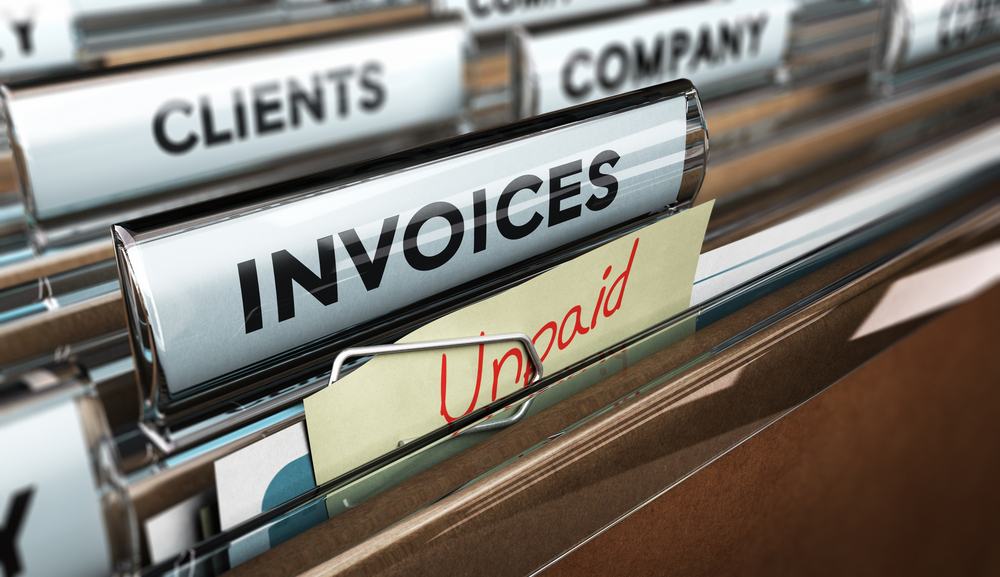Delinquencies in closed-end loans rose in the first quarter, driven by an uptick in late payments on auto loans, according to results from the American Bankers Association’s Consumer Credit Delinquency Bulletin.

The composite ratio, which tracks delinquencies in eight closed-end installment loan categories, rose five basis points to 1.56 percent of all accounts – but remains well below the 15-year average of 2.17 percent. Overall, delinquencies rose in seven of the 11 individual consumer loan categories tracked by ABA. A delinquency is described as a late payment that is 30 days or more overdue.
“Eight years into the economic recovery, it was inevitable that we’d start to see delinquencies edge up from their extremely low levels,” James Chessen, ABA’s chief economist, said. “Even in a strong economy with good job growth, there are always people living paycheck to paycheck. Any small bump in the road can be enough to cause them to miss a payment or two on their loan. The good news is that most consumers have been careful to manage their debt levels to ensure they can withstand those small setbacks and meet their obligations.”
Delinquencies in indirect auto loans (those arranged through a third party such as an auto dealer) rose 8 basis points to 1.83 percent of all accounts, but remain well below their 15-year average of 2.20 percent. Delinquencies in direct auto loans (those arranged directly through a bank) rose nine basis points to 1.03 percent of all accounts, remaining well under their 15-year average of 1.57 percent.
“The gloss is fading a bit on auto lending as delinquencies rise,” Chessen said. “The thrill of a new car shouldn’t override the need for consumers to balance affordability and loan duration to ensure they’re not taking on too much for too long.”
Delinquencies in bank cards (credit cards provided by banks) rose five basis points to 2.74 percent of all accounts, after falling by five basis points in the fourth quarter of 2016. Bank card delinquencies remain significantly below their 15-year average of 3.65 percent.
Delinquencies in home-related categories fluctuated modestly. Home equity loan delinquencies fell two basis points to 2.59 percent of all accounts, holding under their 15-year average of 2.95 percent. Home equity line of credit delinquencies rose five basis points to 1.11 percent of all accounts, but remain below their 15-year average of 1.18 percent. Property improvement loan delinquencies held steady at 0.98 percent of all accounts.
“As home prices have risen, home-related delinquencies have returned to normal levels,” Chessen said. “Greater equity incentivizes people to remain current on their mortgage loans, and we expect this gradual improvement to continue.”
Chessen foresees modest economic growth this year and next, and encourages consumers to remain financially vigilant amid uncertainty that lies ahead.
“The key to keeping delinquencies low is a strong economy that supports households’ financial obligations through job growth and higher wages,” Chessen said. “It’s inevitable that delinquencies will rise to more normal levels, particularly if economic growth stays persistently below 2 percent. As the economic cycle eventually comes full circle, it’s important for consumers to maintain a smart and disciplined approach to credit, especially millennials who may be navigating a downturn for the first time in their professional lives.”